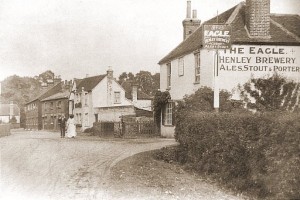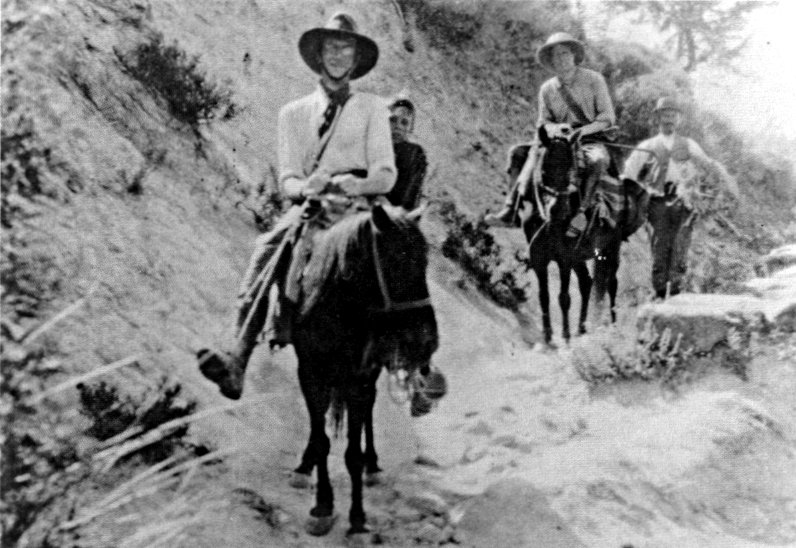18th January 1915
Monday morning and back to work for the Dorsets. Route marches and musketry training was the order of the day with bomb throwing chucked in for good measure. That must have gone down like a lead barrage balloon.
I find myself reading only one newspaper these days. I take the Daily Telegraph. The Daily Telegraph 1915 that is. In today’s paper, 100 years ago, there’s an interesting story about the internment of Germans in the UK. It will please the great niece and nephew of Frank Crawshaw very much – my mother and uncle respectively.
In 1914 tennis fans were treated to a five set thriller in the Wimbledon Championships Men’s final. The winner was Norman Brookes of Australia. He beat Otto Froitzheim, German tennis champion and World Number Four, 6-2, 6-1, 5-7, 4-6, 8-6. Leaving England, Froitzheim travelled to America to play in Pittsburgh. When war broke out he returned to the Motherland but his steamer was intercepted off Gibraltar by the Royal Navy and he was taken prisoner on the Rock.
Froitzheim was then taken back to the UK and interned in a German prisoner of war camp. The Telegraph states that it was in Bray, Maidenhead. I would suggest this is actually Holyport, perhaps less than a mile to the north of Bray. My mother and Stepfather lived at the end of Holyport Street until recently, and, in the field next door, was the ruins of an old POW camp, half-hidden in an old unkempt orchard overrun by brambles and nettles. The camp spilled out into the grounds of Philberd’s house, now, I believe, converted to rather swish flats.

The pub on their street is called The Belgian Arms. A local story, possibly apochryphal, claims that the pub, named The Eagle prior to World War One, changed its name because the German POWs saluted the pub sign every time they marched past.
Now that story should please my mother and Uncle John!
